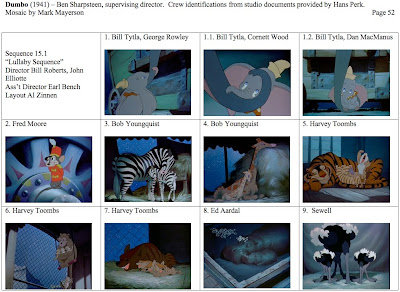Left to right: John Wayne, Maureen O'Hara and Claude Jarman, Jr. in John Ford's Rio Grande . Tomorrow, Aug. 17, is Maureen O'Hara's 90th birthday. As she is one of the few surviving members of director John Ford's stock company and the performer he most frequently cast as his female lead, I want to acknowledge the milestone by wishing Ms. O'Hara a happy birthday. Turner Classic Movies will also be celebrating the day by screening her films for 24 hours. They'll screen three directed by Ford ( The Long Gray Line , 9:30 a.m; The Quiet Man , 8 p.m; and Rio Grande , 10:15 p.m; all times Eastern). In addition, they will show The Hunchback of Notre Dame with Charles Laughton (noon), Our Man in Havana with Alec Guiness (directed by Carol Reed, Wednesday at 1:45 a.m.), Big Jake with John Wayne (one of the better movies in Wayne's late career on Wednesday at 4 a.m.), and Disney's The Parent Trap with Brian Keith and Hayley Mills (directed by former anim...








